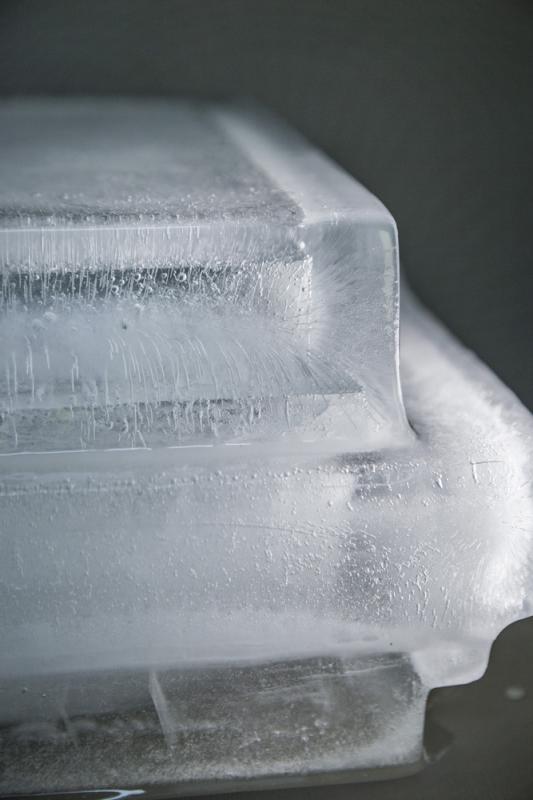2017
/ Design For Society
/ Design for Sustainability
/ Professional
MORTAL | DESIGN and DEATH

-
CompanyStudio Diane Leclair Bisson, Canada
-
Lead DesignerDiane Leclair Bisson
-
ClientMemoria
-
Project Link
-
Other creditImages By Justin Bisson-beck
The Ice Urn
The practice of cremation has become
increasingly prevalent as a reaction to the ever-
increasing consumption of land for burial, but also
as a more environmentally acceptable alternative
to burial by demonstrating a lower overall carbon
footprint.
Designer Diane Leclair Bisson’s MORTAL |
DESIGN and DEATH project has been developed
collaboratively with Memoria - an environmentally
and design-driven Canadian company whose core
mission is to develop innovative, sustainable
options in the funerary practices sphere.
The Ice Urn is a dissolvable memorial object
made through the transformation of water into a
solid form of ice – while encapsulating cremation
ashes within it. It is the most immaterial urn ever
created, and it inspires new types of water
ceremonies, emphasizing new thinking about the
return of the body to the natural environment and
of water back to its original source.
This concept is the result of fieldwork research on
people’s experience and perceptions of
contemporary funerary material culture. The Ice
Urn is designed for the dispersion of cremated
remains in a stream, lake, in the ocean - or even
in soil - and allows for vastly personalized
ceremonies. The concept is the result of technical
research resulting in a patent. The Ice Urn is
shaped with a cavity to hold ashes. It is sealed
and can retain its shape and floatation for the
duration of the ceremony. The urn minimizes the
carbon footprint considerably by producing re-
usable shaping moulds, and employing low-
energy freezing methods.
The Ice Urn may embody a wide range of physical
shapes. The initial design recalls sheets of
melting springtime ice usually found floating in
bodies of water, which communicates ideas of
fluidity, lifecycle and the passing of time. The
shape also addresses functional handling
requirements by offering large flat surfaces easy
to cradle and transport.
The practice of cremation has become
increasingly prevalent as a reaction to the ever-
increasing consumption of land for burial, but also
as a more environmentally acceptable alternative
to burial by demonstrating a lower overall carbon
footprint.
Designer Diane Leclair Bisson’s MORTAL |
DESIGN and DEATH project has been developed
collaboratively with Memoria - an environmentally
and design-driven Canadian company whose core
mission is to develop innovative, sustainable
options in the funerary practices sphere.
The Ice Urn is a dissolvable memorial object
made through the transformation of water into a
solid form of ice – while encapsulating cremation
ashes within it. It is the most immaterial urn ever
created, and it inspires new types of water
ceremonies, emphasizing new thinking about the
return of the body to the natural environment and
of water back to its original source.
This concept is the result of fieldwork research on
people’s experience and perceptions of
contemporary funerary material culture. The Ice
Urn is designed for the dispersion of cremated
remains in a stream, lake, in the ocean - or even
in soil - and allows for vastly personalized
ceremonies. The concept is the result of technical
research resulting in a patent. The Ice Urn is
shaped with a cavity to hold ashes. It is sealed
and can retain its shape and floatation for the
duration of the ceremony. The urn minimizes the
carbon footprint considerably by producing re-
usable shaping moulds, and employing low-
energy freezing methods.
The Ice Urn may embody a wide range of physical
shapes. The initial design recalls sheets of
melting springtime ice usually found floating in
bodies of water, which communicates ideas of
fluidity, lifecycle and the passing of time. The
shape also addresses functional handling
requirements by offering large flat surfaces easy
to cradle and transport.
Photo Credit: Studio Diane Leclair Bisson
Credits: Images by Justin Bisson-Beck





